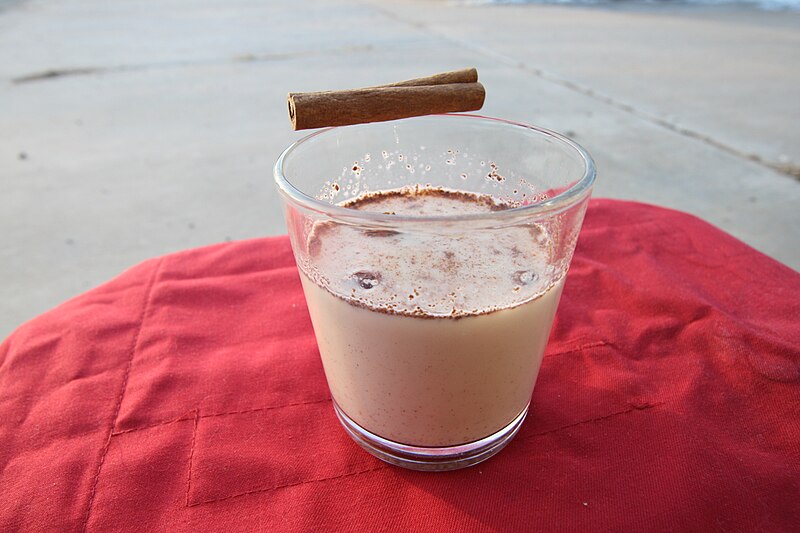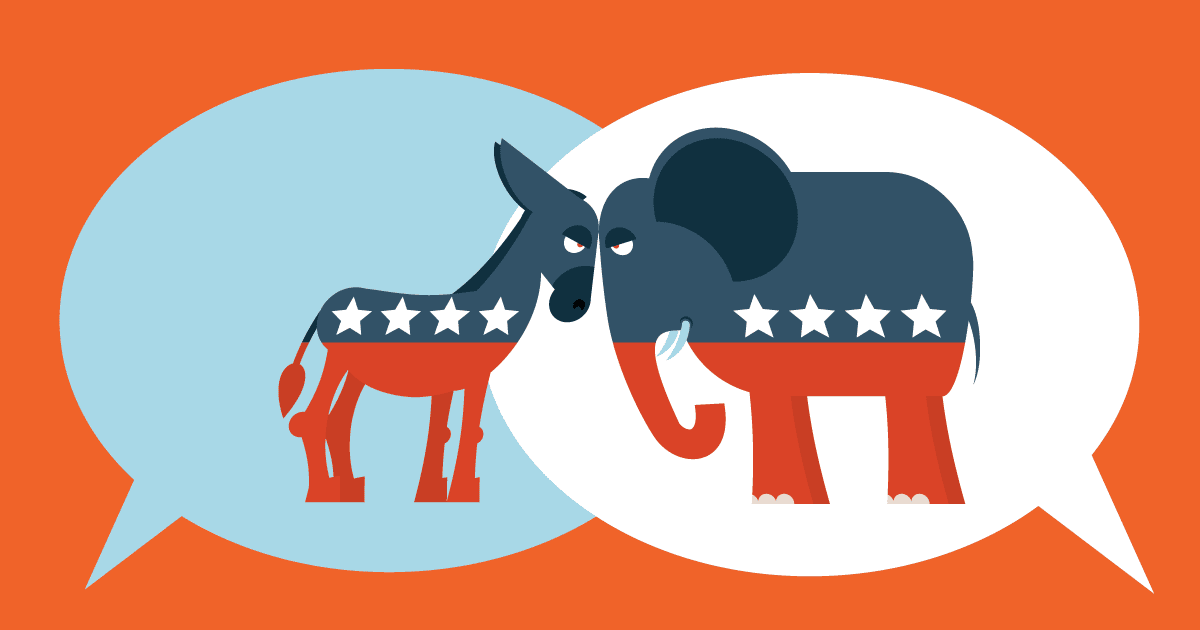In 1823, Round Hill School in Northampton, Massachusetts, was the first school to require physical education classes; this requirement became popular across the country after the Civil War when each state put its twist on it. In Idaho, the requirement has evolved to students needing three PE credits to graduate.
According to the CDC, required PE classes promote motor skills and healthy physical habits for students; school sports are also activities that build motor skills and healthy physical habits. Student-athletes spend more hours doing their sport than the hours a PE class would require. According to its website, the Idaho High School Activities Association (IHSAA) also has no regulations against giving players PE credit for their time on a school team. So why shouldn’t student athletes get credit for the sports they do for the school?
In a recent survey of 31 student-athletes from 11 different sports, students at LHS reported having practices five or six times a week, which were on average 2 hours long. Putting all the data together shows that student-athletes here spend 10-12 hours a week practicing. Also, 93% of students reported that they did practice in the off-season. The data shows that students spend far more time practicing their sport than they would in an hour-and-a-half-long PE class that meets two or three times a week.
Another way students spend time on sports is when they are out of school for events such as games. According to the recent Purr survey, 29% of students reported missing school often, and 67.7% reported missing school occasionally. These trips often go late into the night — with no exception for school nights — and athletes are still expected to get up early and go to school the next morning. At school sports meetings, coaches and sports directors acknowledge that students commonly return from games well past midnight. However, this contradicts the CDC recommendation that high school students get 8-10 hours of sleep for development and rest.
Instead of starting the school day late, student-athletes often go unrested and power through the day. This takes away the energy that their bodies need to focus on their school work. With so much prioritization of sports time over school time, this could be the reason that 45.2% of students report feeling behind on school work because of their sports. If student-athletes can only play when they have passing grades, why are the sports they play put above those grades? Student-athletes are constantly told that they are called student-athletes because school comes before their sport, but the school that tells them this treats them as though they are actually athlete-students.
If school sports counted for PE credits, this could draw more students onto the teams. Many sports at our school, especially women’s ones, struggle to keep or have enough players each year. Making school sports worth PE credits could give students the motivation to play a sport that they might not have had time for otherwise. Getting more students on the teams would also bring in more money for the school because sports here are pay-to-play.
To make team sports worth PE credit, the school could give students time during their last block each day, when they could start practice early. This would compensate students who put a lot of time and effort into their sports, and would encourage more students to pursue physical activities they like.
Of the 31 students surveyed, 27 said they supported making sports worth a credit. These student-athletes deserve credit and recognition for the dedication they put into their school sports.











